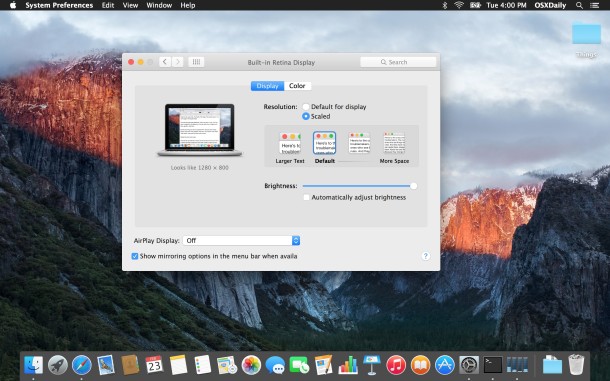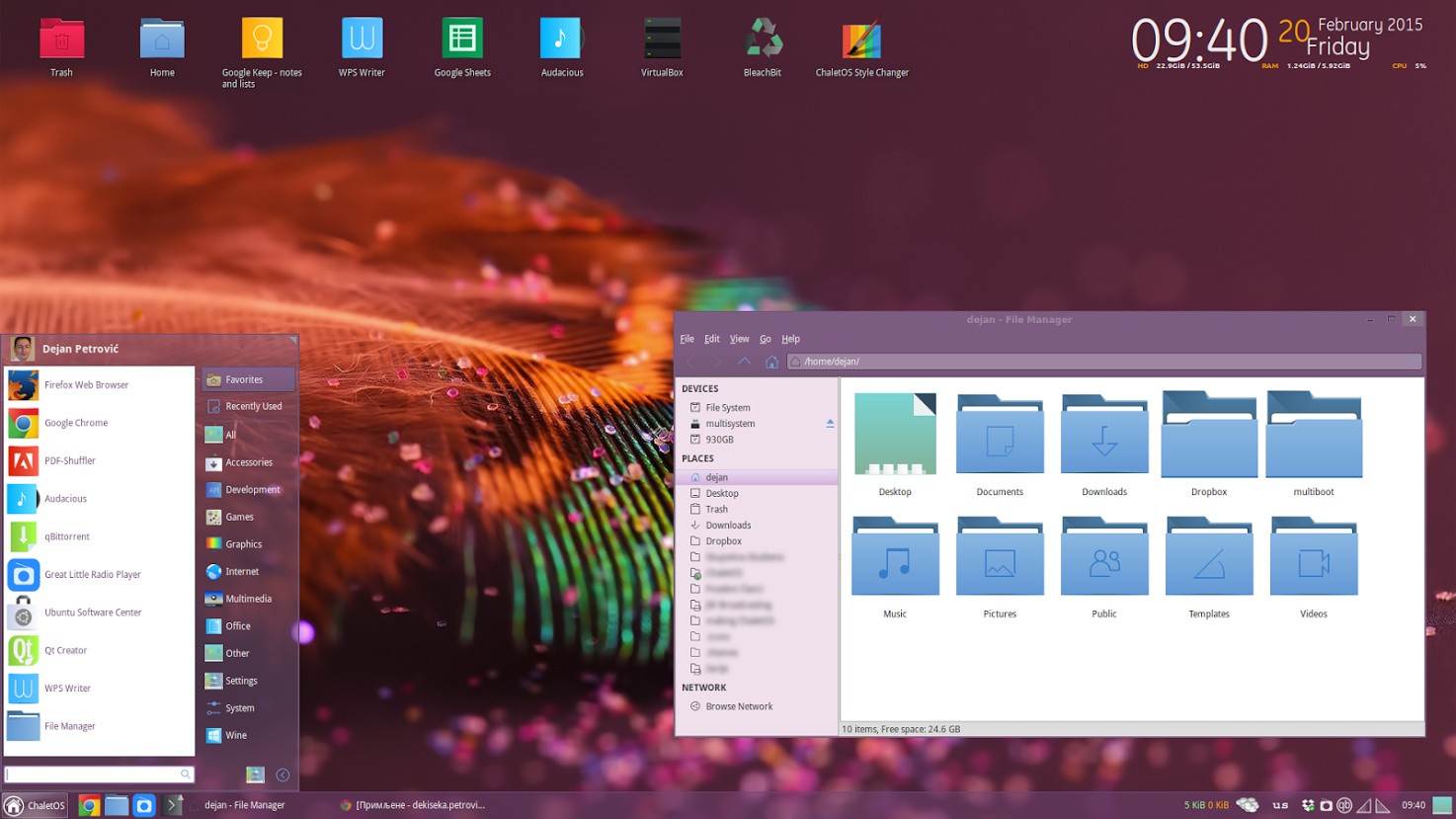The functions of operating system and how does it facilitates to the user. (P2)
The functions of operating system and how does it facilitates to the user. (P2)
What is Operating System?
An operating system is a program on which application
programs are executed and acts as a communication bridge (interface) between
the user and the computer hardware.
From Microsoft, Windows 10
Anniversary Update
The example of Operating
system.
 |
| Figure 1: Example of Windows 10 |
 |
| Figure 2: The Windows 10 Logo |
From Apple Inc. The
Apple Mac OSX Mojave.
 |
| Figure 3 example of Mac OSX Mojave |
 |
| figure 4 the logo from Apple. The Mac OSX Mojave Logo |
From Ubuntu, The Ubuntu Linux OS
 |
| Figure 5 The Ubuntu linux OS |
 |
| Figure 6 The Ubuntu logo |
The main task an operating system carries out is the allocation
of resources and services, such as allocation of: memory, devices, processors
and information. The operating system also includes programs to manage these
resources, such as a traffic controller, a scheduler, memory management module,
I/O programs, and a file system.
the basic functions of operating systems
Important
functions of an operating System:
1. Security
–
The operating system uses password protection to protect user data and similar other techniques. it also prevents unauthorized access to programs and user data.
The operating system uses password protection to protect user data and similar other techniques. it also prevents unauthorized access to programs and user data.
2. Control
over system performance –
Monitors overall system health to help improve performance. records the response time between service requests and system response to have a complete view of the system health. This can help improve performance by providing important information needed to troubleshoot problems.
Monitors overall system health to help improve performance. records the response time between service requests and system response to have a complete view of the system health. This can help improve performance by providing important information needed to troubleshoot problems.
3. Job
accounting –
Operating system Keeps track of time and resources used by various tasks and users, this information can be used to track resource usage for a particular user or group of user.
Operating system Keeps track of time and resources used by various tasks and users, this information can be used to track resource usage for a particular user or group of user.
4. Error
detecting aids –
Operating system constantly monitors the system to detect errors and avoid the malfunctioning of computer system.
Operating system constantly monitors the system to detect errors and avoid the malfunctioning of computer system.
5. Coordination
between other software and users –
Operating systems also coordinate and assign interpreters, compilers, assemblers and other software to the various users of the computer systems.
Operating systems also coordinate and assign interpreters, compilers, assemblers and other software to the various users of the computer systems.
6. Memory
Management –
The operating system manages the Primary Memory or Main Memory. Main memory is made up of a large array of bytes or words where each byte or word is assigned a certain address. Main memory is a fast storage and it can be accessed directly by the CPU. For a program to be executed, it should be first loaded in the main memory. An Operating System performs the following activities for memory management:
The operating system manages the Primary Memory or Main Memory. Main memory is made up of a large array of bytes or words where each byte or word is assigned a certain address. Main memory is a fast storage and it can be accessed directly by the CPU. For a program to be executed, it should be first loaded in the main memory. An Operating System performs the following activities for memory management:
It
keeps tracks of primary memory, i.e., which bytes of memory are used by which
user program. The memory addresses that have already been allocated and the
memory addresses of the memory that has not yet been used. In multi
programming, the OS decides the order in which process are granted access to
memory, and for how long. It Allocates the memory to a process when the process
requests it and deallocates the memory when the process has terminated or is
performing an I/O operation.
7. Processor
Management –
In a multi programming environment, the OS decides the order in which processes have access to the processor, and how much processing time each process has. This function of OS is called process scheduling. An Operating System performs the following activities for processor management.
In a multi programming environment, the OS decides the order in which processes have access to the processor, and how much processing time each process has. This function of OS is called process scheduling. An Operating System performs the following activities for processor management.
Keeps
tracks of the status of processes. The program which perform this task is known
as traffic controller. Allocates the CPU that is processor to a process.
De-allocates processor when a process is no more required.
8. Device
Management –
An OS manages device communication via their respective drivers. It performs the following activities for device management. Keeps tracks of all devices connected to system. designates a program responsible for every device known as the Input/Output controller. Decides which process gets access to a certain device and for how long. Allocates devices in an effective and efficient way. Deallocates devices when they are no longer required.
An OS manages device communication via their respective drivers. It performs the following activities for device management. Keeps tracks of all devices connected to system. designates a program responsible for every device known as the Input/Output controller. Decides which process gets access to a certain device and for how long. Allocates devices in an effective and efficient way. Deallocates devices when they are no longer required.
9. File
Management –
A file system is organized into directories for efficient or easy navigation and usage. These directories may contain other directories and other files. An Operating System carries out the following file management activities. It keeps track of where information is stored, user access settings and status of every file and more… These facilities are collectively known as the file system.
A file system is organized into directories for efficient or easy navigation and usage. These directories may contain other directories and other files. An Operating System carries out the following file management activities. It keeps track of where information is stored, user access settings and status of every file and more… These facilities are collectively known as the file system.
How Operating system are used to facilitates the users:
Operating system are used to make it easier and more convenient
for the user to access their computer with the internet. Also it is very
important for the operating system develops their system to be aware that not everyone has an IT background. Therefore
it is a user friendly for the beginners and also advanced computer users
Operating System also provides certain services to the computer
system in one form or the other.
The Operating System provides certain services to the users which can be listed in the following manner:
The Operating System provides certain services to the users which can be listed in the following manner:
- Program
Execution: The Operating System is responsible for execution of all
types of programs whether it be user programs or system programs. The
Operating System utilizes various resources available for the efficient
running of all types of functionalities.
- Handling
Input/Output Operations: The Operating System is responsible for
handling all sort of inputs, i.e, from keyboard, mouse, desktop, etc. The
Operating System does all interfacing in the most appropriate manner
regrading all kind of Inputs and Outputs.
For example, there is difference in nature of all types of peripheral devices such as mouse or keyboard, then Operating System is responsible for handling data between them. - Manipulation
of File System: The Operating System is responsible for
making of decisions regarding the storage of all types of data or files,
i.e, floppy disk/hard disk/pen drive, etc. The Operating System decides as
how should the data should be manipulated and stored.
- Error
Detection and Handling: The Operating System is responsible for
detection of any types of error or bugs that can occur while any task. The
well secured OS sometimes also acts as countermeasure for preventing any
sort of breach to the Computer System from any external source and
probably handling them.
- Resource
Allocation: The Operating System ensures the
proper use of all the resources available by deciding which resource to be
used by whom for how much time. All the decisions are taken by the
Operating System.
- Accounting: The
Operating System tracks an account of all the functionalities taking place
in the computer system at a time. All the details such as the types of
errors occurred are recorded by the Operating System.
- Information and Resource Protection: The Operating System is responsible for using all the information and resources available on the machine in the most protected way. The Operating System must foil an attempt from any external resource to hamper any sort of data or information.
Refernces:
Comments
Post a Comment